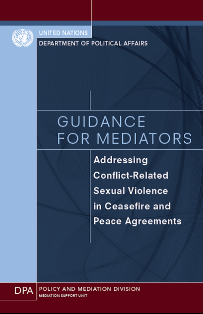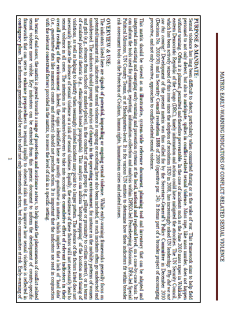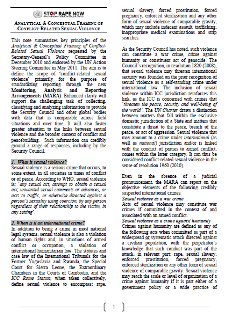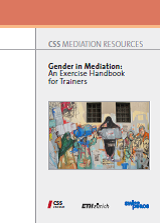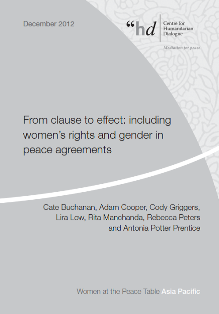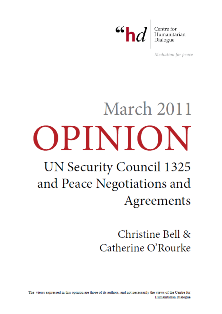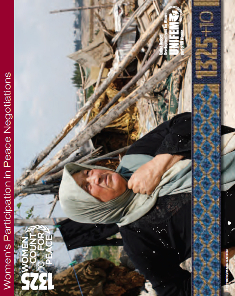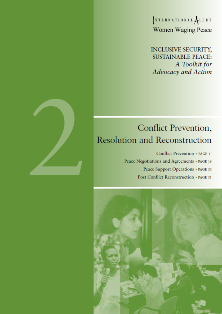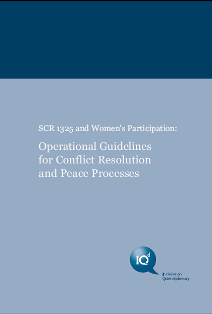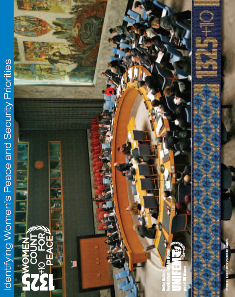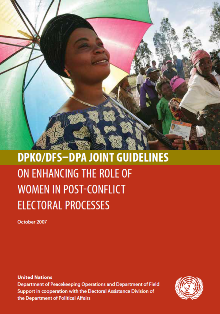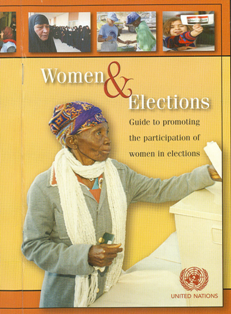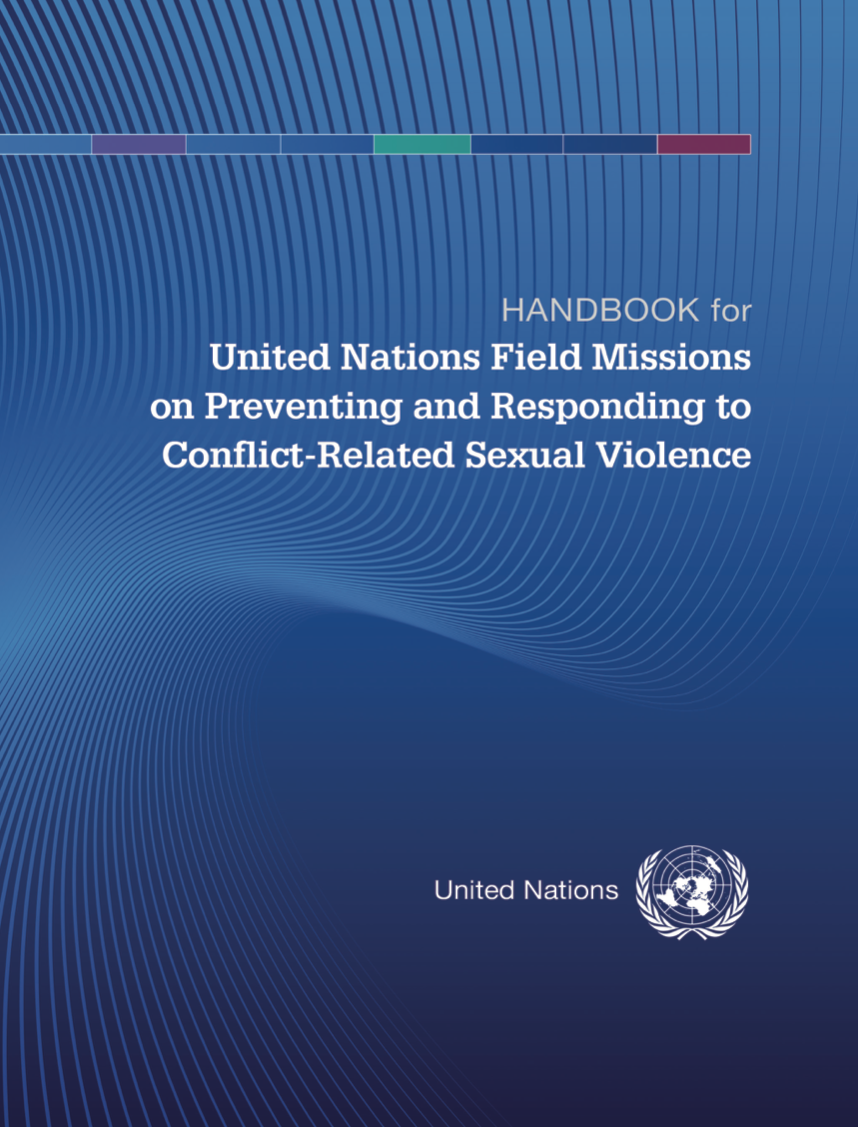
2020 | Author: United Nations
Handbook for United Nations Field Missions on Preventing and Responding to Conflict-Related Sexual Violence
This Handbook is intended to serve as a practical guide to support the implementation of the CRSV mandate by United Nations Field Missions, including Peacekeeping Operations and Special Political Missions. It serves both as a guidance for civilians, military and police personnel deployed to United Nations Field Missions and as a pre-deployment orientation tool for future Mission personnel.
